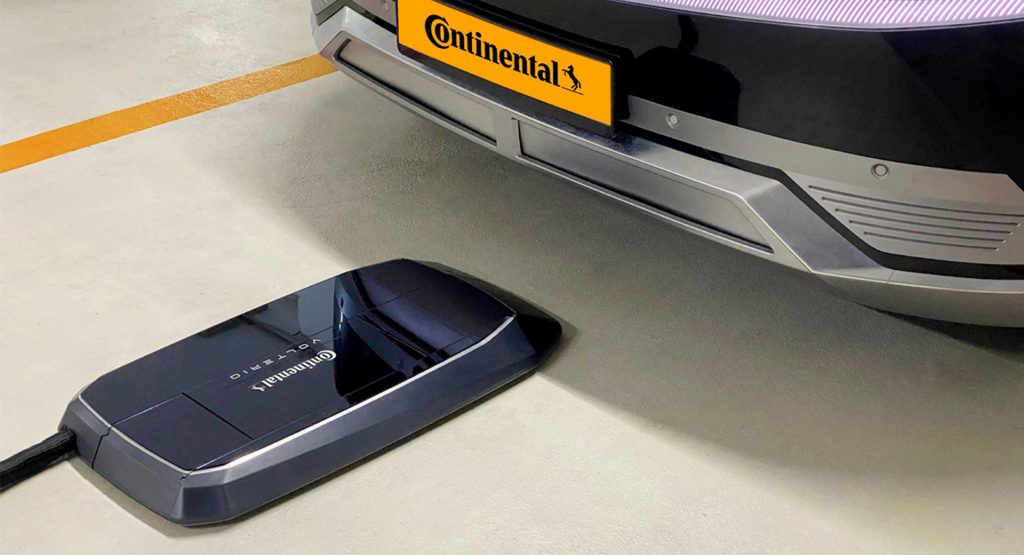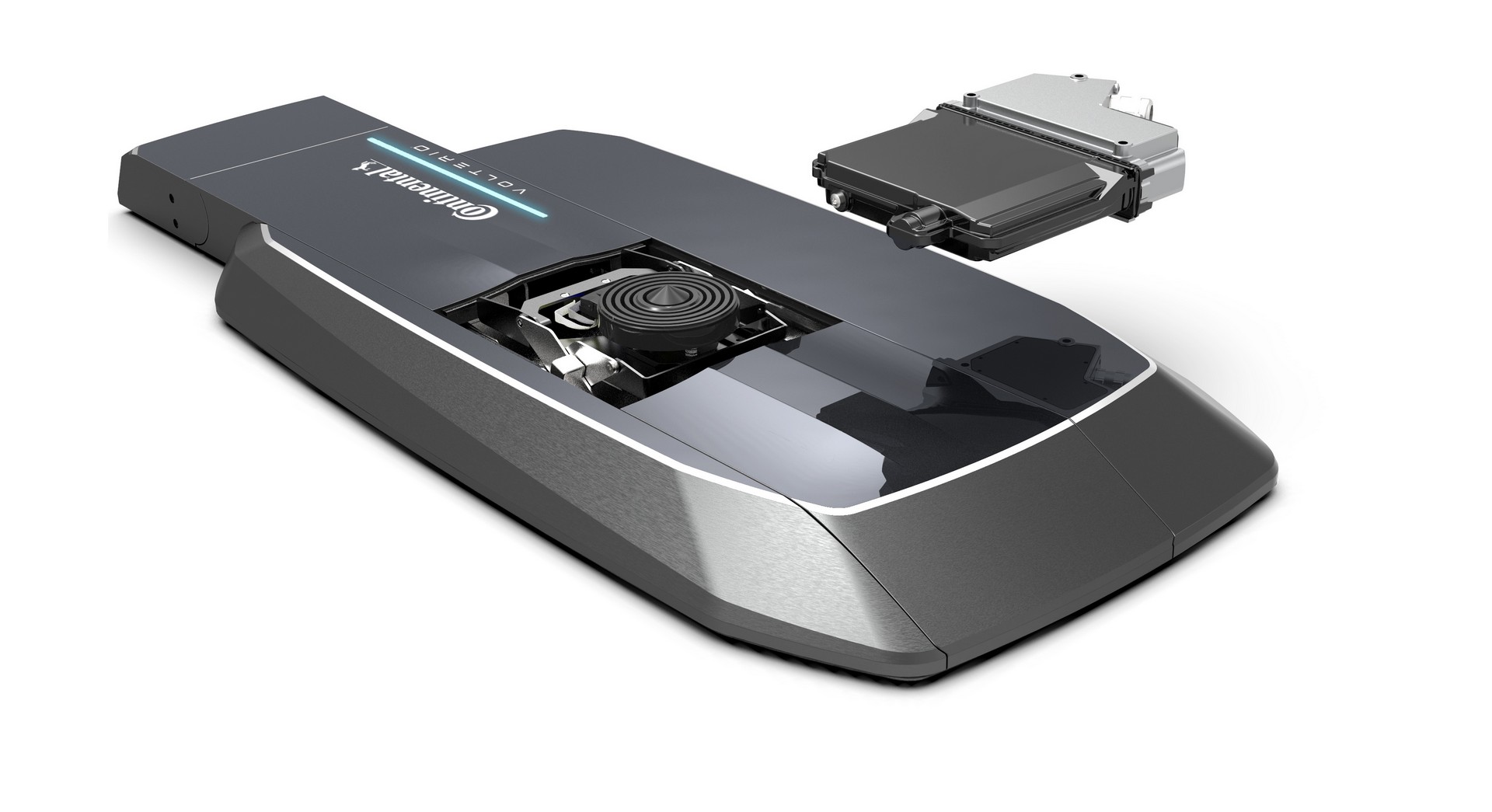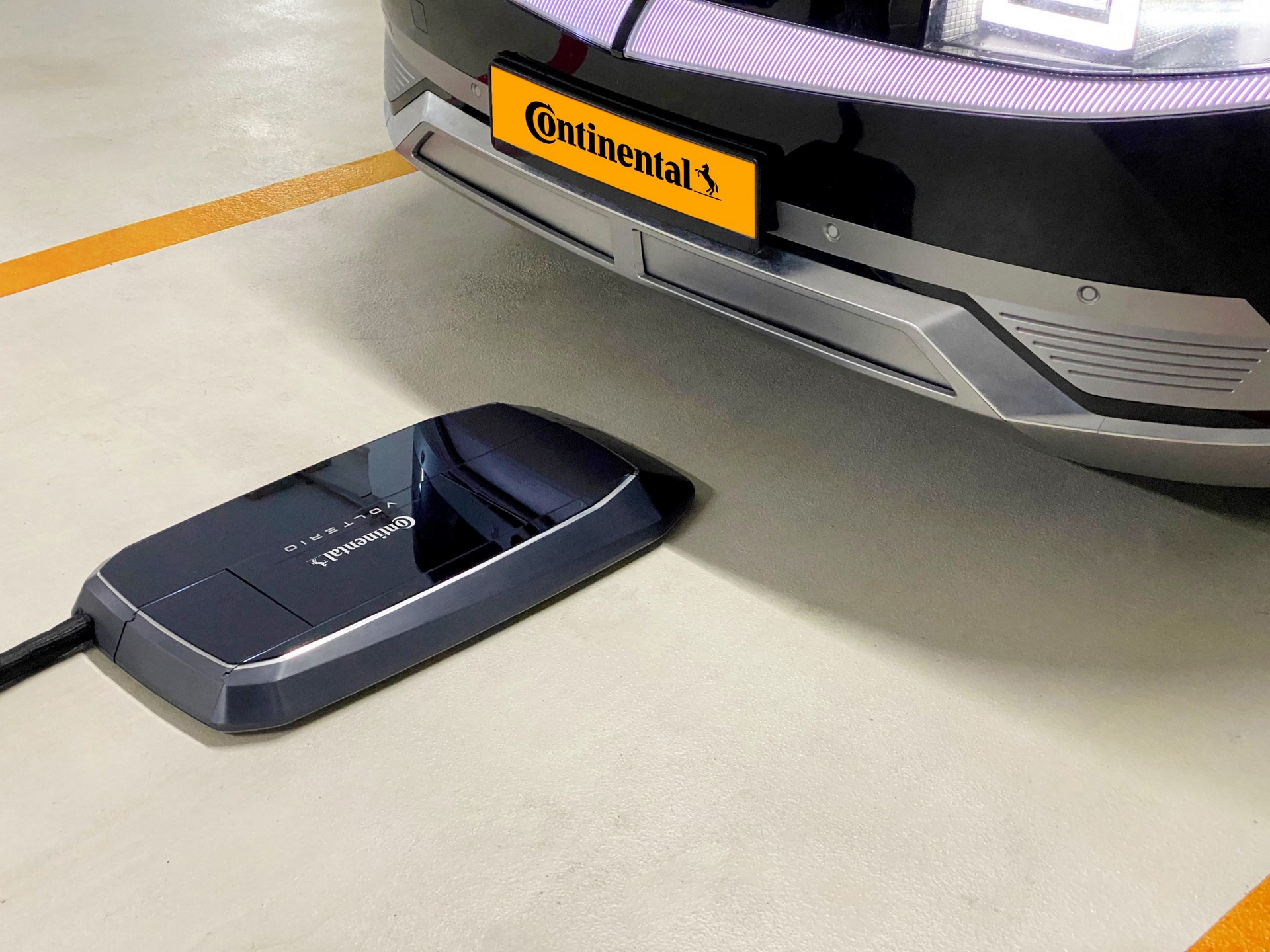Electric vehicles are the wave of the future, but recharging them is a decidedly low-tech affair as they need to be plugged in.
While a number of companies are working on wireless charging, these systems are typically inefficient and charge vehicles slowly.
A startup named Volterio has seemingly come up with the answer as they’ve developed a “fully automatic charging robot,” which combines the convenience of a wireless charger with the speed of a wired connection.
Also Read: Meet CARL, Your Autonomous Car Charging Robot Butler
The idea is pretty straightforward as the charging solution consists of a receptacle mounted underneath a vehicle and a robotic charger installed on the floor of a garage. All owners need to do is park over the charger and the two components will automatically connect and start charging the vehicle.
Since lining up the components would be tricky, the two units communicate their location and the floor-mounted charging robot can correct for a “deviation of up to 30 centimeters (11.8 inches) from the ideal parking position.” It also doesn’t matter if you park your car at an angle as the “conical design of the physical connector between the floor and vehicle unit permits any alignment and orientation between the units.” As a result, close enough is indeed close enough as drivers can “park relatively casually.”
The charging solution will initially be aimed at households and will be able to provide 22 kW of power. Furthermore, the charging unit can simply be placed on the garage floor while the receptacle can be installed in existing EVs.
There are also plans for a fast charging solution aimed at parking garages, recharging stations, and workplaces that operate a fleet of electric vehicles. This version of the robotic charger is similar, but it provides a charging capacity in excess of 50 kW.
Thankfully, the robotic charger is more than just a concept as Volterio has teamed up with Continental Engineering Services to bring it to production. Thanks to the partnership, a near-production system will be ready by the middle of the year and volume production is slated to take place starting in 2024.







